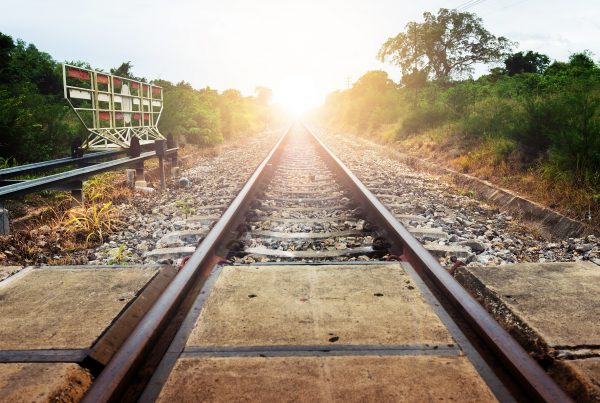More than Roughly Right… Contrasting Fortunes of Infrastructure in the UK and India
Nobody believes the HS2 Rail Project can (or will) be delivered to its original, fantastical budget of £56 Billion: Treasury Advisers hiked the figure up to £70 Billion as long as three years ago (albeit ignored by the Government), and now even Boris Johnson seems to have given up hope, ordering a “Public Review” that has all the hallmarks of a political volte face, not a foot of track laid and tunnels that exist only on paper or in Skanska’s worst nightmares. But major infrastructure projects like these are still the lifeblood of any modern economy: creating much needed employment, innovation and (particularly in these troubled times) something of a beacon of economic hope. So even though it’s not all beer and skittles on the executive floor of HS2 Headquarters at the moment, it’s worth remembering Keynes’ maxim that“ it’s usually better to be roughly right than precisely wrong”.
Which is why it’s a fair bet that the last thing Narendra Modi will be thinking about before he goes to bed is infrastructure and it’s probably the first thing, he thinks about in the morning too, because Infrastructure is now a key dynamic at the very heart of heart India’s economic miracle. By 2022 public spending on the subcontinent’s infrastructure projects is expected to reach $ 778 Billion and Mr. Modi knows better than anyone that this is the bedrock of sustainable growth. That’s why he’s prepared to commit more than eleven times the HS2 budget in a single year, to keep that beacon of economic hope burning as brightly as possible.
It’s a sign of the Policy’s success that Indian infrastructure projects are now starting to attract unprecedented levels of Foreign Direct Investment (FDI). Private Equity and VC Investment volumes topped $1.97 Billion last year, with 91 M&A deals being brought to market at $5.4 Billion in aggregate value (and rising), so the Prime Minister must be doing something right.
To sustain and build on this momentum the Indian Government has also announced a series of eye-watering initiatives of its own, everything from highways to renewable energy and urban transport projects in between. The 2019/20 Union Budget included $63.2 Billion in public infrastructure funding with Communications receiving $5.36 Billion, Railways $9.25 Billion and a whopping $11.5 Billion for new Road Systems. Over the next fiscal period new water supply systems will be rolled out to all households in more than 500 cities on the subcontinent and brand new government run medical colleges and hospitals will be dotted across the country as well.
More than 132,000 kms of new roads have been built in India over the last four years (that’s enough to stretch halfway from Mumbai to the Moon) and the number of Airports on the subcontinent rose to 102 at the end of last year. India has also entered into a series of joint venture agreements with the Japanese Government (and Japanese companies) for a series of projects in North Eastern States and the two countries are poised to enter an India-Japan Development Agency, so don’t expect the pace of growth to slow down anytime soon.
Whether we can ever expect to travel twenty minutes faster to Birmingham by train is, of course, a different matter altogether…
View our preference shares offer
Nobody understands the fundamentals of the Indian economy better than Red Ribbon Asset Management, which has placed the subcontinent at the heart of its investment strategies since the company was founded more than a decade ago. Drawing on unrivalled knowledge of local markets with an expert team of more than a hundred advisers working in India’s economic hotspots, Red Ribbon offers unique opportunities to share in the potential of this, the fastest-growing large economy on the planet.
Executive Overview
Keynes wrote that an economy could be stimulated simply by paying 100 people to bury ten pound notes in bottles, and then paying another hundred (presumably different) people to dig them up spend them. Nowadays we’re more likely to call it Quantitative Easing, but the expansionist impact of a freer monetary policy is now pretty much beyond question.
But how much better would it be to use the money instead to build something lasting and important for the economy? Something that can be used by our children and grandchildren and help make our day-to-day lives better too.
That’s why I’m saddened by the current state of public infrastructure policy in the United Kingdom: we could do so much better and make such a difference, whether with HS2 or otherwise but something that speaks to the ambition of the economy.
And, for my part, I certainly think there are important lessons to be learned from examining Infrastructure Policies in India where the Modi government is using Public Spending initiatives as a dynamo to supercharge the economy.
We could do a lot worse than to try that here.









Leave a Reply